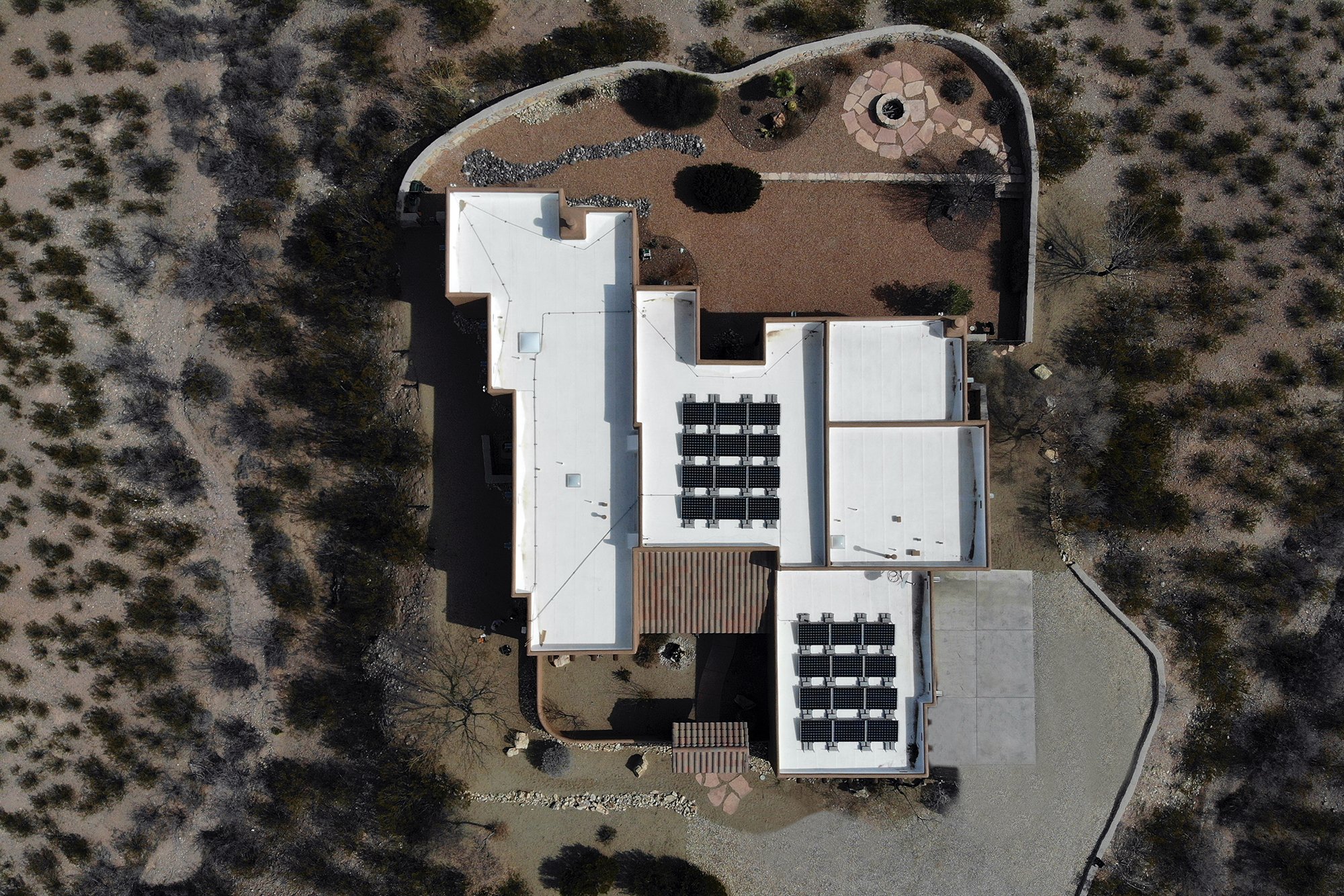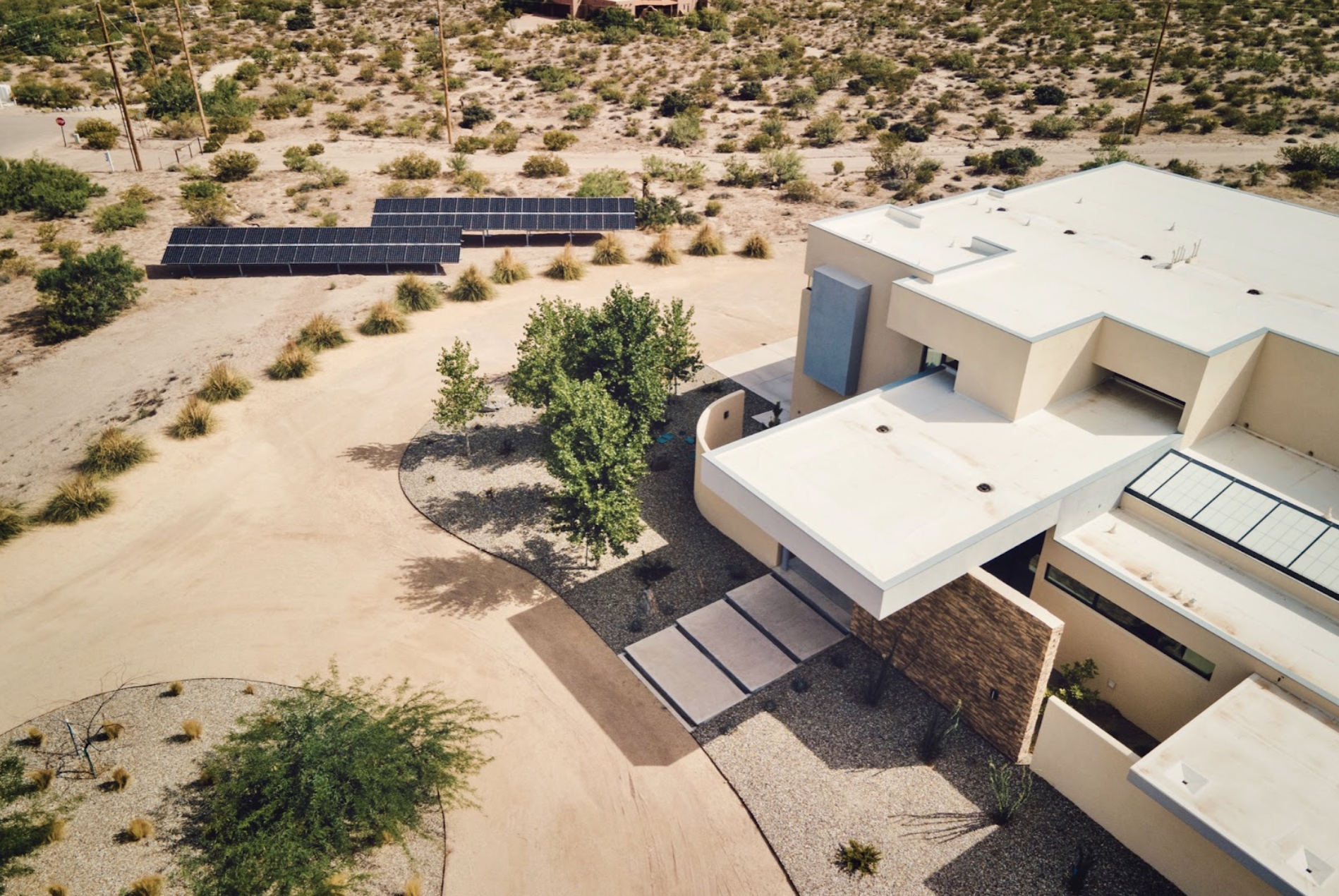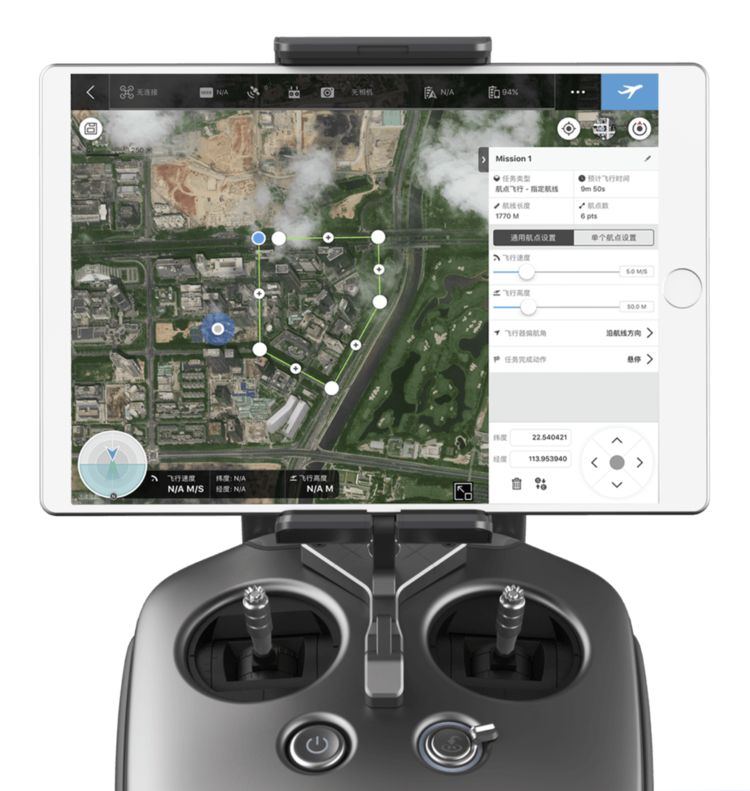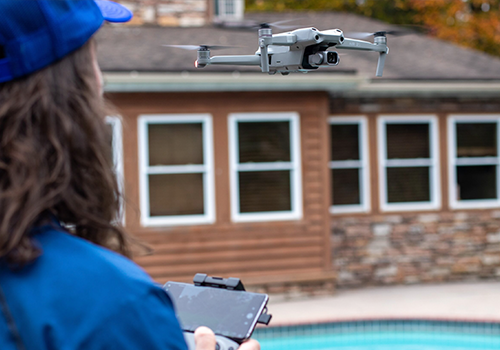If you’re a drone pilot looking to get into solar, you’re in luck. At Scanifly, we regularly get contacted by drone pilots hoping to jump into the solar world. Here’s a mini-guide on how you can do it.
Step 1: Identify your niche
Drones are used in solar for four main purposes:
1. Site surveying: Taking roughly 10-20 minutes onsite, site surveying usually entails taking a couple hundred photos using a point of interest (POI) flight path to capture oblique imagery. These images are used to create to-scale 3D models for solar installations, which are incredibly valuable for automating the survey and design process. For a drone pilot, this is a high volume, low margin effort. If you have a co-location of projects and can do a lot of them in a day, then this is a great option.
2. Construction reporting: Drones help with construction reporting for large-scale projects, like Topaz Solar Farms, or when you need to get a good view from above that you can’t get manually. However, the images themselves are fairly simple and don’t take long to capture. This is also a recurring business effort as you are taking photos every day or week, so you’ll have to return to a variety of sites to capture similar perspectives.
3. Thermal scanning for maintenance: Thermal scanning is ubiquitous for hot spot detection on large scale projects, but less common in small-scale sites. This kind of work is more costly than solar site surveying, requires higher value equipment, and includes a lot more post-processing work. With that in mind, it’s best for confident pilots with considerable experience and comfort to use more sophisticated drone and photography technology. Most jobs will require half a day or more for travel and several hours onsite.
4. Marketing photos of completed sites: Marketing photos are also fairly simple but are taken with an artist’s eye versus just capturing context. Further, drone-based marketing images are often edited after the fact, though this process is easy to learn.


Surveying or thermal scanning will be the highest-paying work, but also requires specific solar knowledge. Construction reporting and marketing photos are good break-in points if you’re completely new to solar.
Step 2: Demonstrate credentials
Having a Part 107 FAA license is required for flying drones in commercial circumstances, but having one is just the beginning. Your license card is more than just permission to fly, it’s a signal of professionalism that can help when navigating thorny customer (and customer’s neighbor) issues.
Further, having your license is a great way to demonstrate you have applicable knowledge for solar (i.e. awareness of different sites, topographies, weather, and house structures), since all of this information is required for the test.
If you don’t have your Part 107, you can get it in about a week if studying part-time, so it’s not a massive hurdle to get over.
Step 3: Step up your solar knowledge
If you’re hoping to get a foot into the solar industry, you should consider taking courses with SEI and NABCEP. These two bodies are respected across the country, are leaders in solar curriculum world-wide, and show that the recipients of their designations have a dedication to solar.
If you’re just getting started and aren’t sure if you want to invest in certifications yet, there are a lot of free blogs and trade magazines including Solar Power World, Drone Life’s Surveying category, and even Scanifly’s blog.
You can also take your knowledge one step further, going from simply learning solar to learning how to build a solar drone program and navigating difficult environmental and weather conditions.
Step 4: Build your solar network
If you want to try solar out part-time before committing, you can find work through major drone platforms:
If you want to get a full-time job in solar, take a look at local contractor websites to see what’s posted.
You can also build your network by reading industry publications and blogs (see step 3) and by connecting with top names in solar on LinkedIn, Twitter, or Solar Power World’s Top Contractors list.
Step 5: Ace the interview

Whether interviewing for a full-time job or just to do the occasional project, most solar contractors are going to ask you about:
-
General background on drone experience
-
Airspace and flight planning skills
-
3D mapping skills
-
Drone positioning skills
-
Geography where they work and insurance coverage
-
How you deal with customers
Be ready for these questions with honest answers, context, and any explanations for gaps or missing information. In specific, be ready for questions about why you’re interested in solar, since most contractors want to work with people who have passion for the industry and have some customer-facing experience.
(PS: Scanifly wrote a guide for solar contractors on how to hire drone pilots and included a detailed list of interview questions. Take a look at them so you can be prepared).
Drones are the future for solar
Drones are as accurate as manual measurements, effective for taking images from above and are significantly safer than manual surveys or photography. And since building a drone program is relatively easy once you have the basic drone and solar skills, it’s easier than ever to adapt drone technology in solar work.
Solar drone usage is also booming now that regulators are relaxing drone laws, but contractors can’t find drone talent fast enough. This creates a massive opportunity for people who already know how to fly (and enjoy flying) drones. By learning the basics of solar, you develop a marketable, profitable skill based on something you already like doing. What could be better than that?






